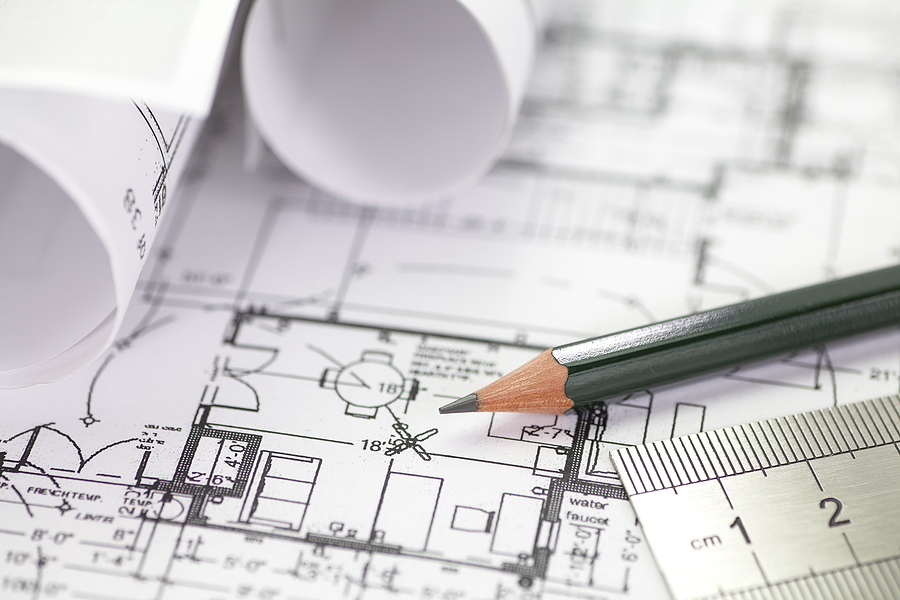A successful construction project isn’t just about finishing on time and within budget. While those are critical goals, the true measure of success often lies in the return on investment (ROI) it generates. A well-planned building is more than just a structure; it’s a valuable asset that should deliver financial benefits for years to come.
Achieving a high ROI doesn’t happen by accident. It requires careful, strategic planning from the very beginning. Every decision, from the initial design to the final coat of paint, can impact your project’s long-term profitability and value. This guide will walk you through the importance of ROI in construction and provide actionable strategies to help you maximize your financial returns.

Understanding ROI in Construction
In construction, Return on Investment is a performance metric used to evaluate the profitability of a project. It measures the financial gain or loss generated relative to the amount of money invested. Simply put, ROI tells you whether your investment was worthwhile.
Calculating ROI can be straightforward:
- ROI = (Net Profit / Total Investment) x 100
- Net Profit is the revenue generated by the property (e.g., from rent or sale) minus all associated costs.
- Total Investment includes all expenses related to the project, such as land acquisition, design fees, materials, labor, and permits.
For stakeholders like investors, developers, and property owners, a high ROI is the primary objective. It signifies a profitable venture that has successfully turned an initial investment into a valuable, income-generating asset. Understanding this metric is crucial for making informed decisions, securing financing, and justifying the significant capital required for construction projects.
Key Areas for Strategic Investment
To maximize ROI, you must invest wisely in areas that deliver the most significant long-term value. Focusing on quality and efficiency from the start can lead to substantial savings and increased profitability down the road.
Embrace Technology
Modern construction technology offers powerful tools for improving efficiency and reducing costs. Building Information Modeling (BIM), for example, allows for the creation of detailed 3D models of a project. This helps teams identify potential design clashes and issues before construction begins, preventing costly rework.
Drones can be used for site surveys and progress monitoring, providing accurate data quickly. Project management software can also streamline communication and keep the project on schedule, which is essential for controlling costs.
Select High-Quality Materials
The materials you choose have a direct impact on both the initial cost and the long-term maintenance of a building. While it might be tempting to opt for cheaper alternatives, high-quality, durable materials often provide a better ROI. They tend to last longer, require less maintenance, and can improve the building’s energy efficiency.
For instance, investing in better insulation or energy-efficient windows may increase upfront costs but can lead to significant savings on utility bills over the building’s lifespan.
Invest in Your Workforce
A skilled and well-trained workforce is one of your most valuable assets. Investing in ongoing training and safety programs does more than just meet compliance requirements; it builds a more efficient, productive, and safer work environment. A proficient team is less likely to make errors that lead to delays and budget overruns.
Furthermore, a strong safety culture reduces the risk of accidents, which can result in costly work stoppages and legal issues. A happy and skilled team is fundamental to delivering a high-quality project that stands the test of time.
Speak With an Indiana Construction Manager Today ✅
Practical Tips for Improving ROI
Strategic investment is only part of the equation. Effective day-to-day management is equally important for keeping a project on track and maximizing its financial return.
Implement Efficient Project Management
Strong project management is the backbone of any successful construction endeavor. This involves creating a detailed project plan with clear timelines, milestones, and responsibilities. Regular meetings and transparent communication among all stakeholders—including architects, engineers, contractors, and clients—are essential to keep everyone aligned.
An experienced project manager can anticipate challenges, adapt to changes, and make decisive choices to keep the project moving forward efficiently.
Maintain Strict Cost Control
Careful financial management is critical to protecting your ROI. This begins with a detailed and realistic budget that accounts for all potential expenses. Throughout the project, it’s important to track actual spending against the budget and identify any variances early. Implement a clear process for managing change orders, as these can quickly inflate costs.
By negotiating favorable contracts with suppliers and subcontractors and continuously looking for cost-saving opportunities without sacrificing quality, you can keep your project financially sound.
Mitigate Potential Risks
Construction projects are inherently complex and come with numerous risks, including design errors, labor shortages, supply chain disruptions, and unforeseen site conditions. A proactive approach to risk management can help you avoid costly problems.
Start by identifying potential risks during the planning phase and developing a strategy to mitigate each one. This might involve securing comprehensive insurance, building contingency time into your schedule, or having backup suppliers in place. Addressing risks before they become major issues is a key component of protecting your investment.
In Summary
Maximizing your return on investment in a construction project is a result of strategic planning, smart investments, and diligent management. By focusing on ROI from the outset, you can make decisions that not only lead to a successful build but also create a profitable and enduring asset. From leveraging technology to controlling costs and managing risks, every step you take can contribute to a better financial outcome.
Ultimately, the most important decision you can make is choosing the right partner for your project. Working with a trusted and experienced commercial construction firm ensures you have the expertise needed to navigate the complexities of a build and achieve the best possible results. A skilled team will guide you through every stage, helping you make strategic choices that enhance value and secure your long-term success.
Whether you’re starting your next project or looking to optimize an ongoing build, our experts are here to support you every step of the way. Contact Us Today to discuss your goals, explore tailored solutions, and bring your vision to life with precision and care. Let’s build something extraordinary together.
Related Post: Transforming Spaces for Higher Gains: How Commercial Renovations Boost ROI









